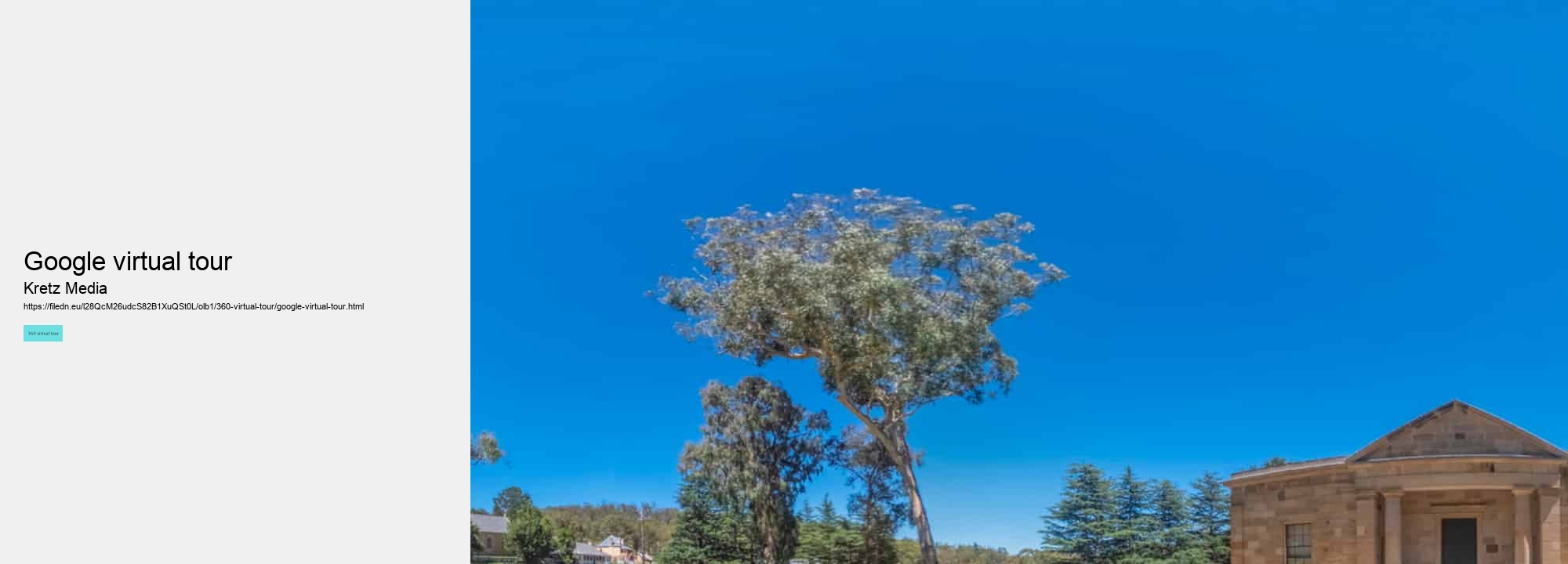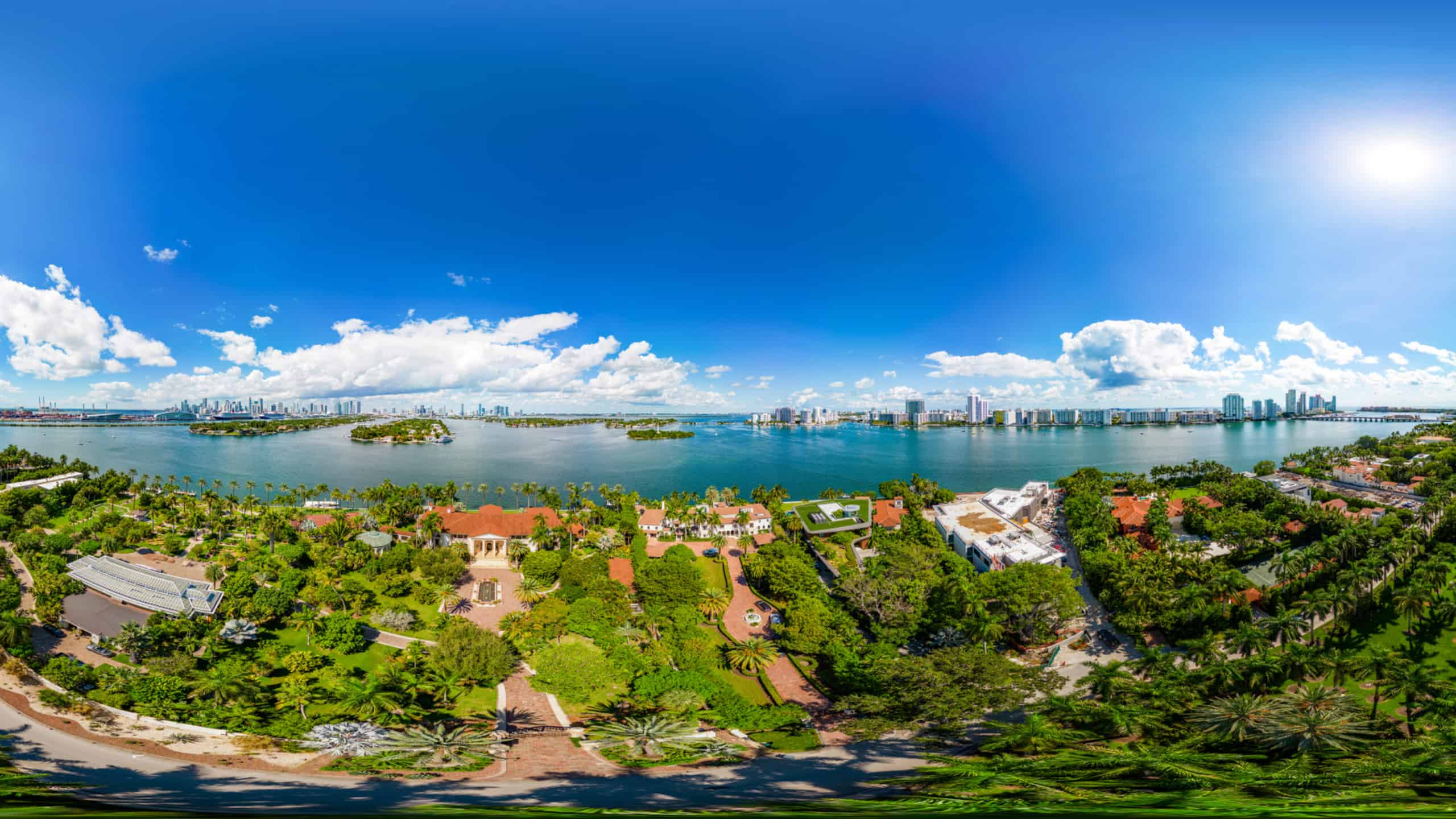

In conclusion, capturing stunning 360 photos requires a combination of creativity, technical skill, and attention to detail. By following these tips and experimenting with different techniques, you can create immersive images that truly stand out from the crowd. So grab your camera (or smartphone) and start exploring the world of 360 photography today! Best practices for editing and enhancing 360 imagesEditing and enhancing 360 images requires a combination of technical skills, creativity, and attention to detail.
One important aspect of editing 360 images is understanding the unique challenges and opportunities presented by this immersive format. Unlike traditional photos, 360 images capture an entire scene in all directions, which means that every angle must be carefully considered during the editing process. This includes paying close attention to details such as alignment, stitching errors, and distortion caused by the camera lens.
To enhance the visual impact of your 360 images, it’s essential to use photo editing software that is specifically designed for working with this format. Programs like Adobe Photoshop or Lightroom offer specialized tools for adjusting perspective, color correction, and retouching techniques that can help bring out the best in your images. When editing 360 images, it’s also important to keep in mind the intended purpose of the final product. Whether you’re creating virtual tours for real estate listings or immersive experiences for marketing campaigns, each image should be edited with a specific goal in mind. This could mean emphasizing certain features of a space, highlighting key points of interest, or enhancing overall image quality for maximum impact.
Experimenting with different effects, filters, and styles can help you create unique visuals that stand out from the crowd. Don’t be afraid to think outside the box and push the boundaries of traditional photo editing techniques to achieve truly eye-catching results. Lastly, attention to detail is key when it comes to editing 360 images. From checking for any inconsistencies in lighting or exposure to ensuring seamless transitions between different parts of a scene, every aspect of the image should be carefully reviewed before finalizing edits.
By following these best practices for editing and enhancing 360 images, you can elevate your work to new heights and create visually stunning experiences that leave a lasting impression on audiences. With a combination of technical expertise, creative flair, and meticulous attention to detail, you’ll be able to produce captivating visuals that showcase your skills as a talented photographer or digital artist. Exploring different types of 360 cameras and equipmentIn today's rapidly advancing technological landscape, the world of photography and videography has been revolutionized by the emergence of 360 cameras. These innovative devices allow users to capture immersive, panoramic shots that provide a truly unique viewing experience.
As interest in this technology continues to grow, photographers and filmmakers alike are constantly exploring different types of 360 cameras and equipment to enhance their craft. One of the key factors driving the popularity of 360 cameras is their ability to capture moments from every angle. Whether it's a breathtaking landscape or an action-packed event, these cameras offer a level of versatility that traditional cameras simply cannot match. By utilizing multiple lenses or advanced stitching techniques, 360 cameras are able to create seamless, high-quality images that transport viewers into the heart of the action.
From compact handheld devices to professional-grade rigs with multiple lenses, photographers and filmmakers have access to a variety of tools that suit their specific needs and preferences. Some popular models include the GoPro Fusion, Insta360 ONE X, and Ricoh Theta V - each offering unique features such as high-resolution video recording, live streaming capabilities, and user-friendly editing software. In addition to choosing the right camera, it's also important for creators to invest in quality accessories and equipment to maximize their shooting potential.

Tripods, gimbals, and drone mounts can all be used in conjunction with 360 cameras to achieve stable shots and dynamic angles. Additionally, specialized editing software such as Adobe Premiere Pro or Final Cut Pro allows users to stitch together footage seamlessly and add creative effects for a polished final product. As technology continues to evolve at an exponential rate, so too will the capabilities of 360 cameras and equipment. With new advancements on the horizon such as virtual reality headsets and augmented reality integration, the possibilities for creative expression using these devices are endless.
In conclusion, exploring different types of 360 cameras and equipment offers artists an exciting opportunity to expand their creative horizons. With its immersive capabilities and unparalleled versatility, this technology is reshaping the way we experience photography and videography. By investing time in research and experimentation with various tools available in today's market, creators can unlock new levels of storytelling potential that were previously unimaginable.
With this technology, you can give viewers the feeling of being right there in the space, allowing them to explore and interact with their surroundings from the comfort of their own homes. To create a virtual tour with 360 photography, you will need a camera that is capable of capturing images in all directions. There are many options available on the market, ranging from affordable consumer-grade cameras to professional-level equipment.
Some popular choices include the Ricoh Theta series, Insta360 cameras, and DSLR cameras paired with fisheye lenses. Once you have your camera, the next step is to capture photos of the space you want to showcase. It's important to take photos from multiple vantage points to ensure comprehensive coverage of the area. You can use a tripod or monopod to keep your camera steady and level while shooting. After capturing your images, you will need software to stitch them together into a seamless 360-degree panorama.
These tools will help you align and blend your photos to create a cohesive virtual tour. Once you have created your panorama, you can enhance it further by adding interactive elements such as hotspots, audio guides, and text descriptions. These features allow viewers to click on specific areas within the tour for more information or additional views. Finally, you can publish your virtual tour online using platforms like Kuula, Roundme, or Google Street View.

These services make it easy to share your creation with others via social media or embed it on your website. In conclusion, creating virtual tours with 360 photography is a powerful tool for engaging audiences and showcasing locations in an immersive way. By following these steps and utilizing the right equipment and software tools, you can bring any space to life in stunning detail for viewers around the world. Showcasing examples of successful 360 photography projects360 photography has become an increasingly popular trend in the world of digital imaging, allowing viewers to experience a fully immersive and interactive visual experience. By capturing images from every angle, 360 photography provides a comprehensive view of a scene or object, giving viewers the ability to explore it as if they were physically present. One of the key advantages of 360 photography is its ability to showcase products or spaces in a dynamic and engaging way.
This can lead to increased engagement and conversions, as customers are more likely to make informed purchasing decisions when they have a clear understanding of what they are buying. Several successful examples of 360 photography projects can be found across various industries. For example, real estate companies have used 360 photography to create virtual tours of properties, allowing prospective buyers to explore homes online before scheduling physical visits. This not only saves time for both parties but also increases the likelihood of closing a sale by providing a more immersive viewing experience. In the tourism industry, destinations have utilized 360 photography to showcase their attractions and accommodations, giving potential visitors a taste of what they can expect before booking their trips.
By offering virtual tours of hotels, resorts, and landmarks, travel companies are able to entice travelers with stunning visuals that capture the essence of their offerings. Furthermore, e-commerce retailers have integrated 360 product images into their websites to provide shoppers with a comprehensive view of merchandise such as clothing, jewelry, and electronics. By enabling customers to rotate and zoom in on items before making purchases, online stores can reduce returns while enhancing customer satisfaction through accurate representation. Overall, successful 360 photography projects demonstrate the power of immersive visual storytelling in capturing attention and driving engagement. Whether used for marketing purposes or simply for entertainment value, this innovative technology continues to revolutionize how we perceive and interact with images in the digital age.

360 virtual tours are created using specialized cameras to capture panoramic images of a location. These images are then stitched together using software to create a seamless, interactive experience.
Yes, 360 virtual tours can be updated or modified after they are created to reflect changes to the space or to add new features or information.
Yes, 360 virtual tours are interactive, allowing viewers to navigate through the space, zoom in and out, and click on hotspots for additional information or features.